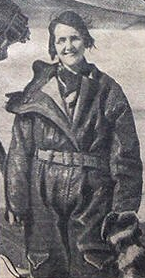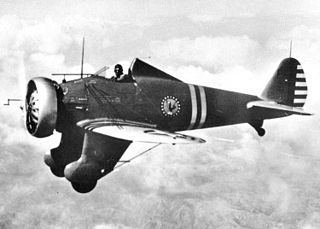
The Boeing P-26 "Peashooter" was the first American production all-metal fighter aircraft and the first pursuit monoplane to enter squadron service with the United States Army Air Corps. Designed and built by Boeing, the prototype first flew in 1932, and the type was still in use with the U.S. Army Air Corps as late as 1941 in the Philippines. There are two surviving Peashooters, but there are three reproductions on display with two more under construction.

Bessie Coleman was an early American civil aviator. She was the first African-American woman and first Native American to hold a pilot license. She earned her license from the Fédération Aéronautique Internationale on June 15, 1921, and was the first Black person to earn an international pilot's license.

The Evergreen Aviation & Space Museum is an aviation museum in McMinnville, Oregon. Its exhibits include the Hughes H-4 Hercules and more than fifty military and civilian aircraft, unmanned aerial vehicles (drones), and spacecraft. The museum complex includes four main buildings: the original aviation exhibit hall, an IMAX theater, a second exhibit hall focused on space technology, and a water park.

The Antonov An-22 "Antei" is a heavy military transport aircraft designed by the Antonov Design Bureau in the Soviet Union. Powered by four turboprop engines each driving a pair of contra-rotating propellers, the design was the first wide-body transport aircraft and remains the world's largest turboprop-powered aircraft to date. The An-22 first appeared publicly outside the Soviet Union at the 1965 Paris Air Show. Thereafter, the model saw extensive use in major military and humanitarian airlifts for the Soviet Union, and is still in service with the Russian Air Force.

The term Link Trainer, also known as the "Blue box" and "Pilot Trainer" is commonly used to refer to a series of flight simulators produced between the early 1930s and early 1950s by Link Aviation Devices, founded and headed by Ed Link, based on technology he pioneered in 1929 at his family's business in Binghamton, New York. During World War II, they were used as a key pilot training aid by almost every combatant nation.

Patty Wagstaff is an American aviator and U.S. national aerobatic champion.

The Steven F. Udvar-Hazy Center, also called the Udvar-Hazy Center, is the Smithsonian National Air and Space Museum (NASM)'s annex at Washington Dulles International Airport in the Chantilly area of Fairfax County, Virginia, United States. It holds numerous exhibits, including the Space Shuttle Discovery, the Enola Gay, and the Gemini 7 space capsule.
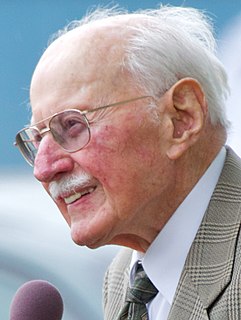
Robert Anderson "Bob" Hoover was an American fighter pilot, test pilot, flight instructor, and record-setting air show aviator.
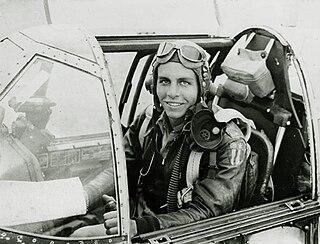
Donald Sewell Lopez Sr. was a United States Army Air Forces and United States Air Force fighter and test pilot and until his death the deputy director of the Smithsonian National Air and Space Museum.

Ruth Rowland Nichols was an American aviation pioneer. She is the only woman yet to hold simultaneous world records for speed, altitude, and distance for a female pilot.

Civil Air Patrol (CAP) is a congressionally chartered, federally supported non-profit corporation that serves as the official civilian auxiliary of the United States Air Force (USAF). CAP is a volunteer organization with an aviation-minded membership that includes people from all backgrounds, lifestyles, and occupations. The program is established as an organization by Title 10 of the United States Code and its purposes defined by Title 36.

Richard P. Hallion is Senior Adviser for Air and Space Issues, Directorate for Security, Counterintelligence and Special Programs Oversight, the Pentagon, Washington, D.C. He is responsible for analysis and insight regarding the conceptualization, evolution and utilization of sensitive national technological programs and related subject areas.
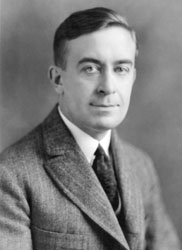
Alfred Victor Verville was an American aviation pioneer and aircraft designer who contributed to civilian and military aviation. During his forty-seven years in the aviation industry, he was responsible for the design and development of nearly twenty commercial and military airplanes. Verville is known for designing flying boats, military racing airplanes, and a series of commercial cabin airplanes. His planes were awarded with the Pulitzer Speed Classic Trophy in 1920 and 1924.

Wings of Hope is a nonprofit organization that partners with organizations in ten countries outside of the U.S. to provide medical evacuation flights and access to health care for remote communities. Wings of Hope also provides free medical air transportation to people within a 900-mile radius of its St. Louis headquarters. Wings of Hope has been twice nominated for the Nobel Peace Prize and holds a 4-star rating on Charity Navigator. In 2019, Wings of Hope directly served nearly 73,000 people worldwide.
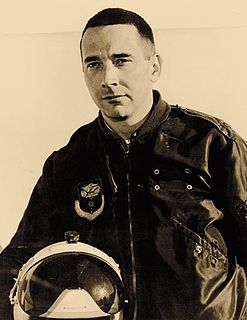
Walter J. Boyne was a United States Air Force officer, Command Pilot, combat veteran, aviation historian, and author of more than 50 books and over 1,000 magazine articles. He was a director of the National Air and Space Museum of the Smithsonian Institution and a Chairman of the National Aeronautic Association.

A. Jay Cristol is a judge, poet, author, pilot, and a lecturer of naval warfare. He served as a Special Assistant Attorney General of Florida from 1959 to 1965 and as a trustee in bankruptcy from 1977 to 1985. He was appointed judge to the United States Bankruptcy Court for the Southern District of Florida on April 17, 1985, and served as the district's Chief Bankruptcy Judge from 1993 to 1999.

Heather Renee Penney is a defense policy expert at the Mitchell Institute for Aerospace Studies in Arlington, Virginia. She is best known for her role as a USAF lieutenant who was one of two F-16 pilots who flew their unarmed planes in an attempt to ram and down United Airlines Flight 93 before it reached Washington, D.C., during the September 11, 2001, terrorist attacks.
Emily Howell Warner was an American airline pilot and the first woman captain of a scheduled US airline.

Women have been involved in aviation from the beginnings of both lighter-than air travel and as airplanes, helicopters and space travel were developed. Women pilots were also called "aviatrices". Women have been flying powered aircraft since 1908; prior to 1970, however, most were restricted to working privately or in support roles in the aviation industry. Aviation also allowed women to "travel alone on unprecedented journeys". Women who have been successful in various aviation fields have served as mentors to younger women, helping them along in their careers.

This is a timeline of women in aviation which describes many of the firsts and achievements of women as pilots and other roles in aviation. Women who are part of this list have piloted vehicles, including hot-air balloons, gliders, airplanes, dirigibles and helicopters. Some women have been instrumental in support roles. Others have made a name for themselves as parachutists and other forms of flight-related activities. This list encompasses women's achievements from around the globe.
